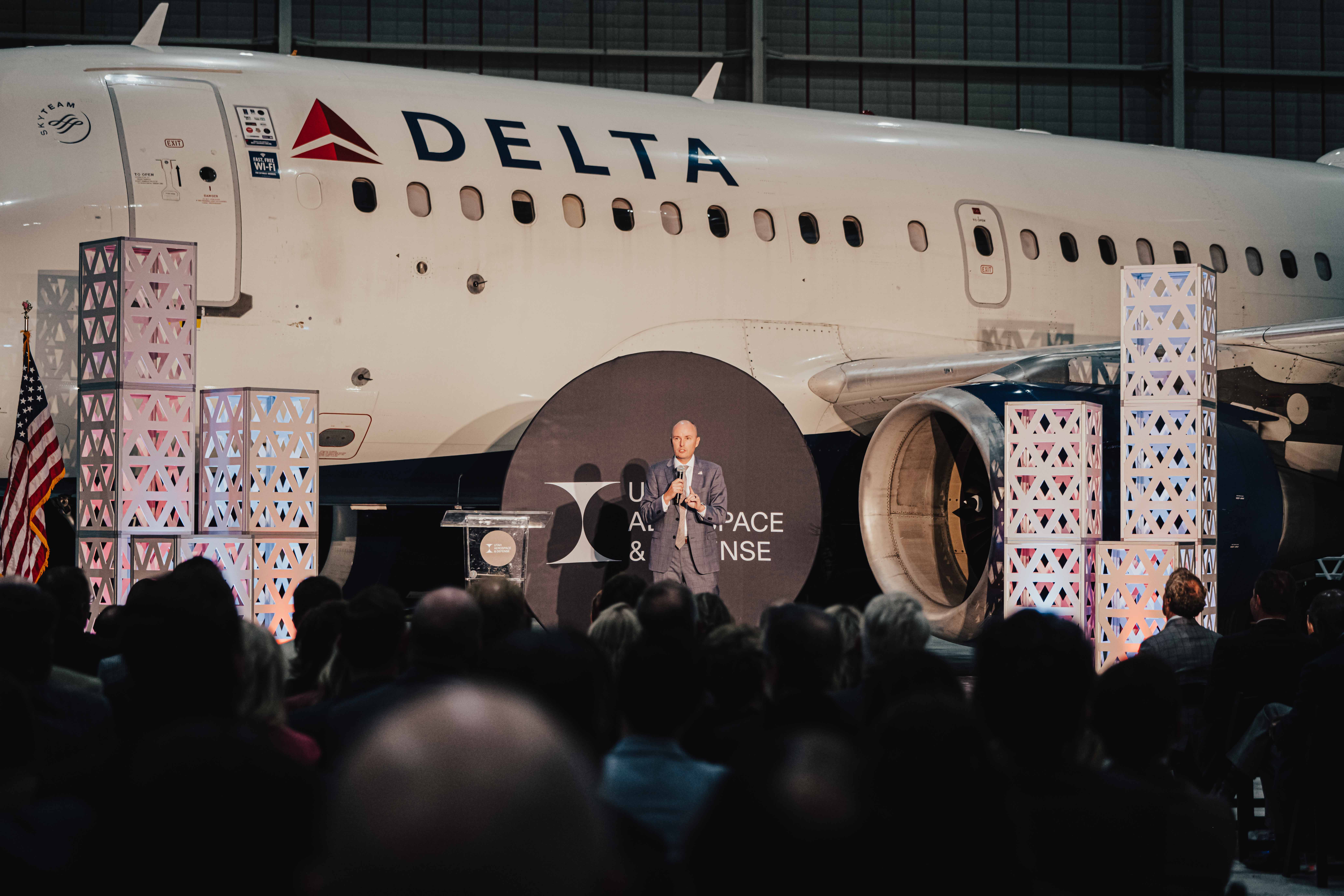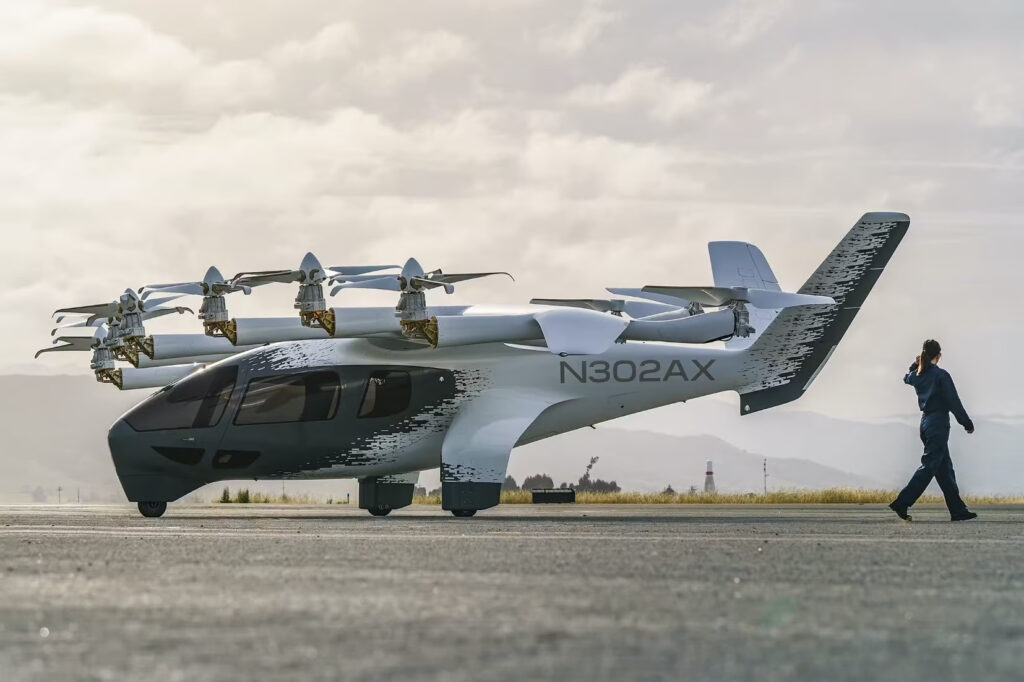The following article was published on KSL.com and Deseret News
In 1945, writer George Orwell predicted the rise of two “super-states, each possessed of a weapon by which millions of people can be wiped out in a few seconds.” These two nations were destined to divide the world into a permanent state of cold war.
It was not long before tensions with the Soviet Union reverberated through American neighborhoods, board rooms and the halls of government.
Christian Brose, former staff director of the Senate Armed Services Committee, explained in his 2020 book, “The Kill Chain”: “There was a pervasive belief that America could fail, and that failure could result in another apocalyptic war.”
While the Cold War divided the planet, it also united the country. From opposite coasts, Washington and Silicon Valley became intimate collaborators, designing the technology that would help America stay ahead of the curve for decades. An entire generation of engineers believed that building technology to win the arms race and space race could benefit both their families and national security. For the most part, peace prevailed, and America’s global leadership supported a multi-decade decline in war-related deaths.
Then the Cold War came to a close. The U.S. stood alone as not just a superpower, but a singular hyperpower. Some political scientists declared “the end of history” and, according to Brose, the United States Department of Defense lost its sense of urgency. He summarizes: “The pressure to stay ahead of a strategic rival that had propelled military technological innovation during the Cold War vanished, along with much of the money that had sustained Silicon Valley’s work.”
In recent years, critical innovations like hypersonics and batteries have more often come from China and less often from America. National attention seems to have turned from a cutting-edge and diverse defense technology ecosystem to a slow and bureaucratic industry. Meanwhile, China has been coupling cyber and military aggression with an alarmingly fast defense modernization program. It feels like the U.S. could be slipping into an Orwellian cold war.
Read more on KSL here.




